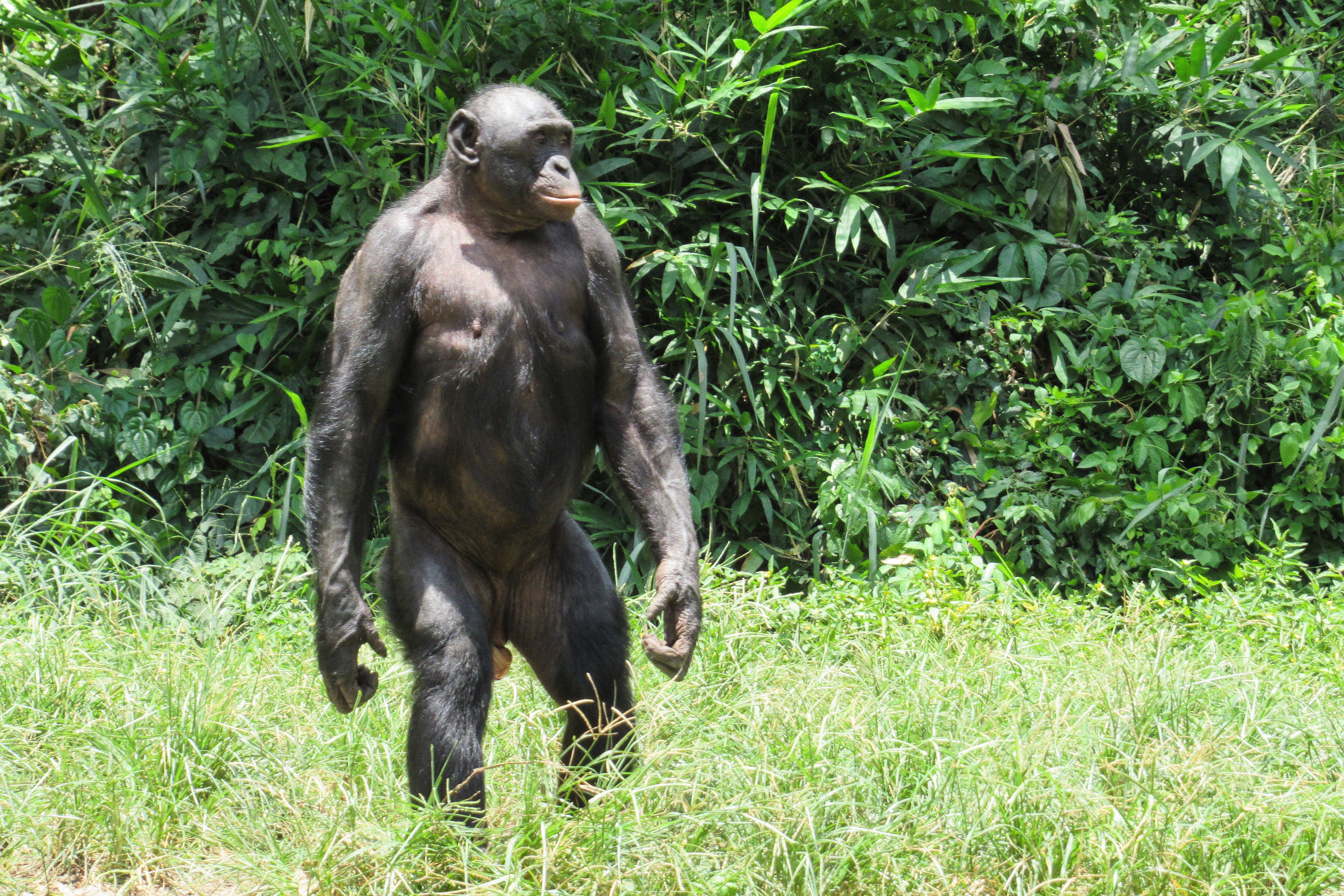Create a free profile to get unlimited access to exclusive videos, sweepstakes, and more!
Newly unearthed upright apes put whole evolution timeline in question

While this finding may not stir up all the ruckus of the Scopes Monkey Trial, it seems to put the whole timeline and starting point of evolution into question.
Paleontologists digging up fossils in southern Germany have discovered a previously unknown primate species, Danuvius guggenmosi, who may just have stood up a full 5 million years before we previously assumed apes in Africa were walking around upright.
In a paper published in the journal Nature, an international team of researchers say that a male ape’s 12-million-year-old fossilized partial skeleton that was discovered in a Bavarian clay pit displayed evidence of bipedal motion. And it looks a whole lot like the bones of a modern man. But Danuvius guggenmosi didn’t just walk around like a man, he also climbed like an ape.
The findings "raise fundamental questions about our previous understanding of the evolution of the great apes and humans," said lead researcher Madelaine Boehme of the University of Tuebingen, Germany, according to the Associated Press (via Miami Herald).
That’s because previous fossil evidence of apes walking with an upright gait — a sticky point of contention since Darwin’s days — can only be dated back to remains found in Crete and Kenya, which only date back some 6 million years. So these gorillas are in the … ahem … midst of an evolution revolution.
In order to come up with the findings, the team (with researchers from Bulgaria, Canada, Germany, and the U.S.) looked at upwards of 15,000 bones from the archaeological hotbed just west of Munich known as Hammerschmiede, or Hammer Smithy. Among all those bones, the team was able to piece together four individual primate fossils that lived 11.62 million years ago — the most complete of which looked akin to a modern-day bonobos (pictured) and stood about 1 meter (3 feet 4 inches) tall, weighing some 31 kilograms (68 pounds).
Thanks to key well-preserved bones, the team was able to analyze the cache and reconstruct the way the apes moved, which led to the conclusion that Danuvius had an S-shaped spine, which allowed it to remain upright while standing. They also found evidence of a very unhumanlike opposable big toe, perfect for grabbing branches and treetop trekking.
"It was astonishing for us to realize how similar certain bones are to humans, as opposed to great apes," Boehme said. "This changes our view of early human evolution, which is that it all happened in Africa."
No doubt the findings will stir much chatter in the long ... er ... standing bipedal motion debate.
(via Associated Press)


























